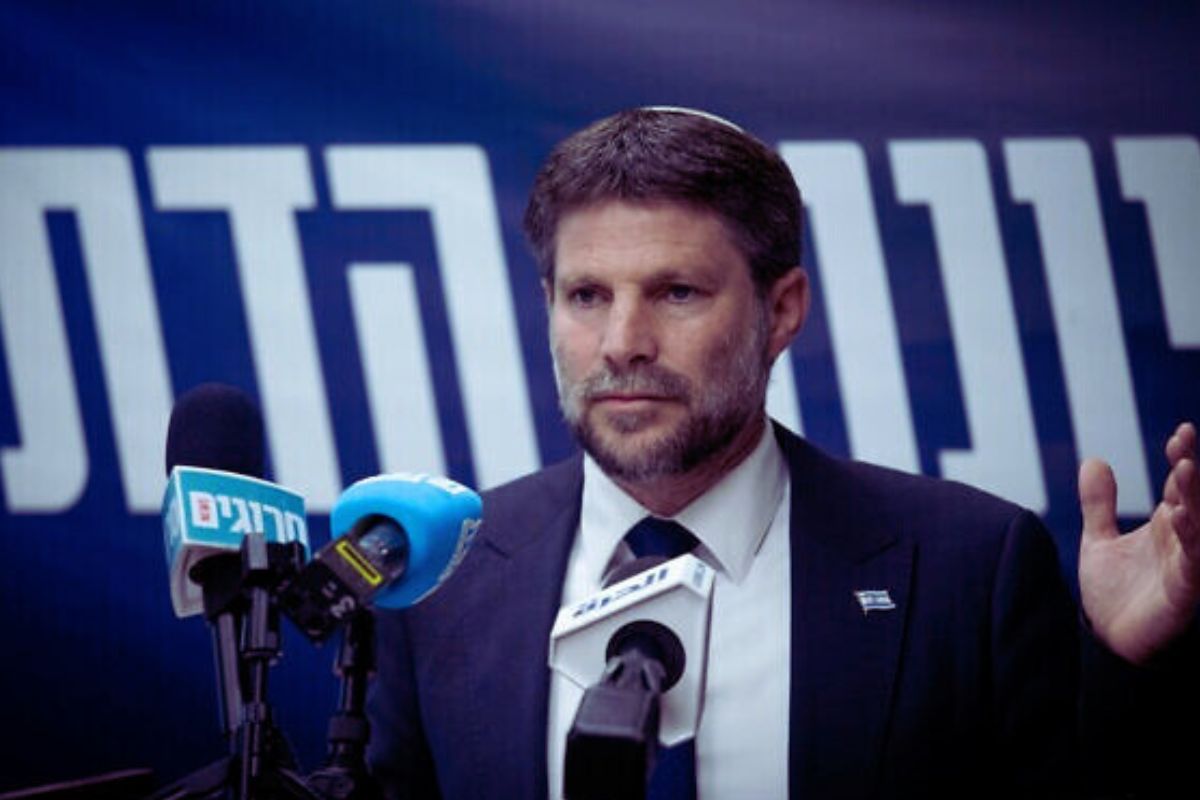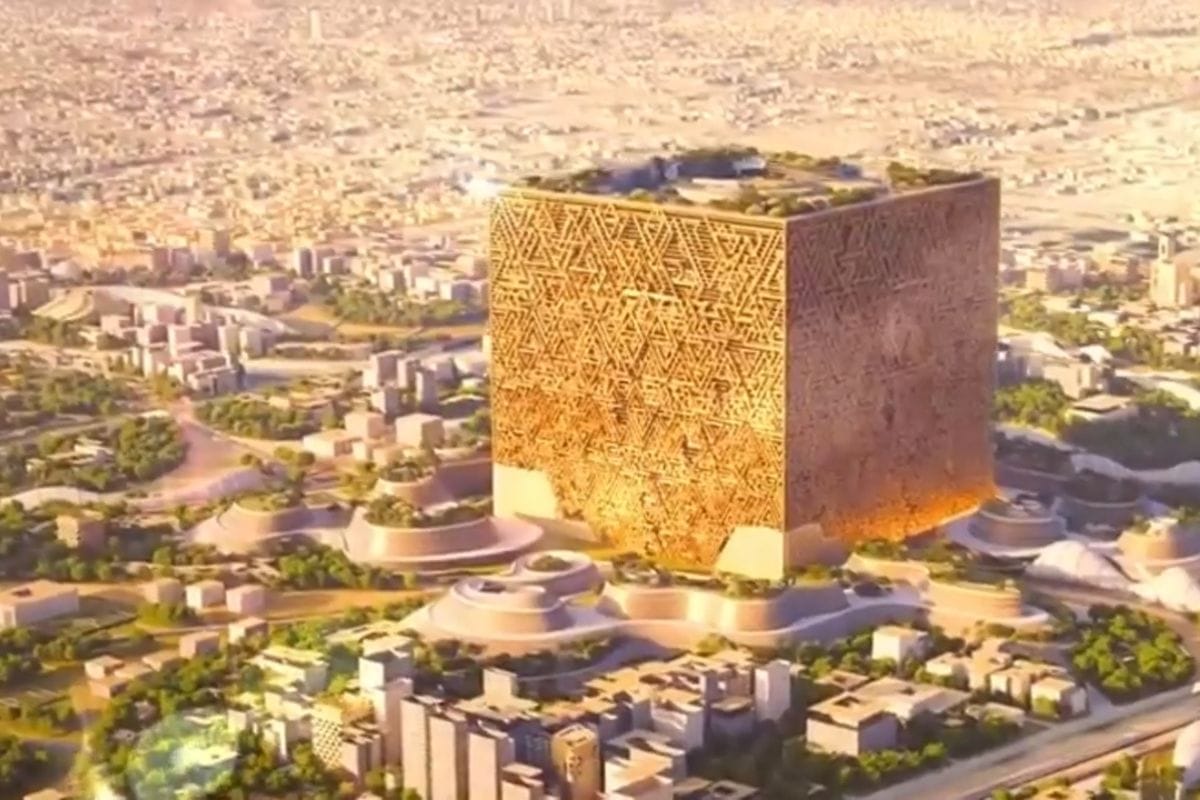Hamas Chief Ismail Haniyeh Killed in Tehran Attack on Residence, IRGC Reports

- BY Dhiren
- July 31, 2024
- Read in 7 Minutes
Iran’s Islamic Revolutionary Guard Corps (IRGC) reported in a statement that Hamas chief Ismail Haniyeh and one of his bodyguards were murdered after their Tehran apartment was attacked.
The IRGC’s Public Relations Department confirmed that the attack occurred early Wednesday and that an investigation is ongoing to determine the reason for the event.
The statement expressed condolences to the Palestinian people, the Muslim world, and Resistance Front combatants on the death of the Hamas commander.
Also Read, Massive Dragonfly Swarm Stuns Visitors at Rhode Island Beach
According to a Hamas statement, an “Israeli” raid murdered the Palestinian group’s leader, Ismail Haniyeh, in his Tehran home.
On Tuesday, Hamas Chief Ismail Haniyeh addressed Iran’s new president’s inauguration and met with the Supreme Leader.
Who is Ismail Haniyeh?
Ismail Haniyeh (29 January 1962–31 July 2024) was a Palestinian politician who was largely regarded as the senior political leader of Hamas, which has administered the Gaza Strip since 2007.
He chaired the Hamas Political Bureau. From 2023 till his death, he resided in Qatar. He was assassinated in Iran on July 31, 2024.
Ismail Haniyeh was born in the al-Shati refugee camp in Gaza, under Egyptian control, in 1962. He attended the Islamic University of Gaza, where he initially became associated with Hamas, and completed a bachelor’s degree in Arabic literature in 1987.
He was appointed to lead a Hamas office in 1997 and after that progressed through the organization’s levels.
Ismail Haniyeh was the leader of the Hamas ticket that won the Palestinian parliamentary elections in 2006 and therefore became Prime Minister of the State of Palestine.
However, on June 14, 2007, Mahmoud Abbas, President of the Palestinian National Authority, removed Haniyeh from office. Due to the ongoing Fatah-Hamas war, Haniyeh refused to obey Abbas’ proclamation and maintained prime ministerial power in the Gaza Strip.
Haniyeh was Hamas’ leader in the Gaza Strip from 2006 to February 2017, when he was succeeded by Yahya Sinwar. On May 6, 2017, Haniyeh was chosen as leader of Hamas’ Political Bureau, succeeding Khaled Mashal; at the time, Haniyeh had relocated to Qatar from Gaza.
On July 31, 2024, Iranian media announced that Haniyeh had been murdered on a visit to Iran.
Early Life and Education
Ismail Abdulsalam Ahmed Haniyeh was born into a Palestinian Muslim household in the al-Shati refugee camp in Egypt’s-occupied Gaza Strip.
His parents lived in what is now Ashkelon before the 1948 Arab-Israeli War when Palestinians were driven out and fled. During his youth, he worked in Israel to help his family.
Ismail Haniyeh attended United Nations-run institutions and graduated from the Islamic University of Gaza in 1987 with a degree in Arabic literature. While attending university, he became interested in Hamas.
Ismail Haniyeh served as leader of the Muslim Brotherhood’s student body from 1985 to 1986. He also featured as a midfielder for the Islamic Association football team.
Haniyeh graduated at the time the First Intifada against the Israeli occupation began, and he took part in anti-Israel protests.
Early Activism
Haniyeh took part in rallies during the First Intifada and received a short jail punishment from an Israeli military court. Israel took him again in 1988, imprisoning him for six months. In 1989, he served three years in jail.
After he was released in 1992, Israeli military officials in the occupied Palestinian territories sent him to Lebanon alongside prominent Hamas leaders Abdel-Aziz al-Rantissi, Mahmoud Zahhar, Aziz Duwaik, and 400 other militants.
According to BBC News, the activists stayed at Marj al-Zahour in southern Lebanon for nearly a year, where Hamas “received unparalleled media exposure and became known throughout the world”. A year later, he returned to Gaza and was named president of the Islamic University.
Political Career
Hamas
When Israel freed Ahmed Yassin from jail in 1997, Haniyeh was chosen to lead his office. Because of his ties with Yassin, he grew in Hamas ranks and was selected as the Palestinian Authority’s envoy.
His standing within Hamas grew stronger during the Second Intifada as a result of his connection with Yassin and the death of many Hamas officials by Israeli security forces.
He received attention from the Israel Defense Forces for alleged participation in assaults against Israeli citizens. Following a suicide bombing in Jerusalem in 2003, he was slightly hurt on his hand by an Israeli Air Force bomb assault aimed at removing the Hamas leadership.
Haniyeh was elected to lead the Hamas ticket in December 2005, and the list won the Legislative Council election the next month. Haniyeh succeeded Khaled Mashaal as Hamas’ leader in the 2016 elections.
Prime Minister
Haniyeh was named as prime minister on February 16, 2006, after Hamas’ “List of Change and Reform” victory on January 25, 2006. He was publicly introduced to President Mahmoud Abbas on February 20 and sworn in on March 29, 2006.
Western Reaction
Following the election, Israel imposed several punitive actions against the Palestinian Authority, including economic penalties.
Acting Prime Minister Ehud Olmert said that Israel will not give the Palestinian Authority an estimated $50 million per month in tax collections received on its behalf. Haniyeh downplayed the penalties, claiming that Hamas will neither disarm nor recognize Israel.
Haniyeh expressed sadness that Hamas was targeted by harsh punishments, saying that “it [Israel] should have reacted differently to the democracy represented by the Palestinian people”.
The US asked that $50 million in unspent foreign aid monies for the Palestinian Authority be returned to the US, which Palestinian Economic Minister Mazen Sonokrot agreed to.
Regarding the loss of foreign funding from the United States and the European Union, Haniyeh stated, “The West is always using its gifts to apply stress on the Palestinian people.”
A few months after Hamas’ 2006 election victory, Haniyeh wrote a letter to US President Bush in which he urged the “American government to have open negotiations with the elected govt”, and offered a long-term agreement with Israel while recognizing a Palestinian state within the 1967 borders, and asked an end to the international boycott, arguing that it would “encourage violence and chaos”. The United States government did not reply and continued its boycott.
Dispute with Abbas
An agreement with Abbas was supposed to be struck to postpone Abbas’ request for new elections. On October 20, 2006, on the last day of this agreement to cease Fatah-Hamas warfare, Haniyeh’s convoy was targeted by gunfire in Gaza, and one of the cars was set on fire.
Haniyeh was not harmed during the incident. Hamas sources stated that this was not an assassination attempt. According to Palestinian Authority security officials, the assailants were relatives of a Fatah member killed in conflicts with Hamas.
Denied Re-Entry into Gaza
During the festering Fatah-Hamas war, Haniyeh was refused entry to Gaza from Egypt at the Rafah Border Crossing on December 14, 2006.
Amir Peretz, Israel’s Minister of Defense, ordered the border crossing blocked. Haniyeh was returning to Gaza after his first official tour abroad as Prime Minister. He was carrying an estimated $30 million in cash, intended for Palestinian Authority payments.
Israeli police then indicated that they would allow Haniyeh to cross the border if he left the money in Egypt, where it would purportedly be transferred to an Arab League bank account.
In reaction to the event, a gun battle broke out at the Rafah Border Crossing between Hamas militants and the Palestinian Presidential Guard.
The EU monitors who crewed the border were safely evacuated. When Haniyeh again attempted to cross the border, an exchange of gunfire killed one bodyguard and injured Haniyeh’s eldest son.
Hamas portrayed the event as an attempt by Fatah to assassinate Haniyeh, sparking firefights in the West Bank and Gaza Strip between Hamas and Fatah soldiers.
Haniyeh claimed to know the identities of the accused perpetrators but refused to name them, instead calling for Palestinian unity. Egypt has now volunteered to mediate the dispute.
Palestinian National Unity Government from March 2007
Haniyeh resigned on February 15, 2007, as part of the effort to build a national unity government between Hamas and Fatah. On March 18, 2007, he created a new administration with a cabinet that included Fatah and Hamas leaders.
On June 14, 2007, during the Battle of Gaza, President Mahmoud Abbas declared the dissolving of the March 2007 unity government and the implementation of a state of emergency. Haniyeh was removed, and Abbas administered Gaza and the West Bank by presidential decree.






